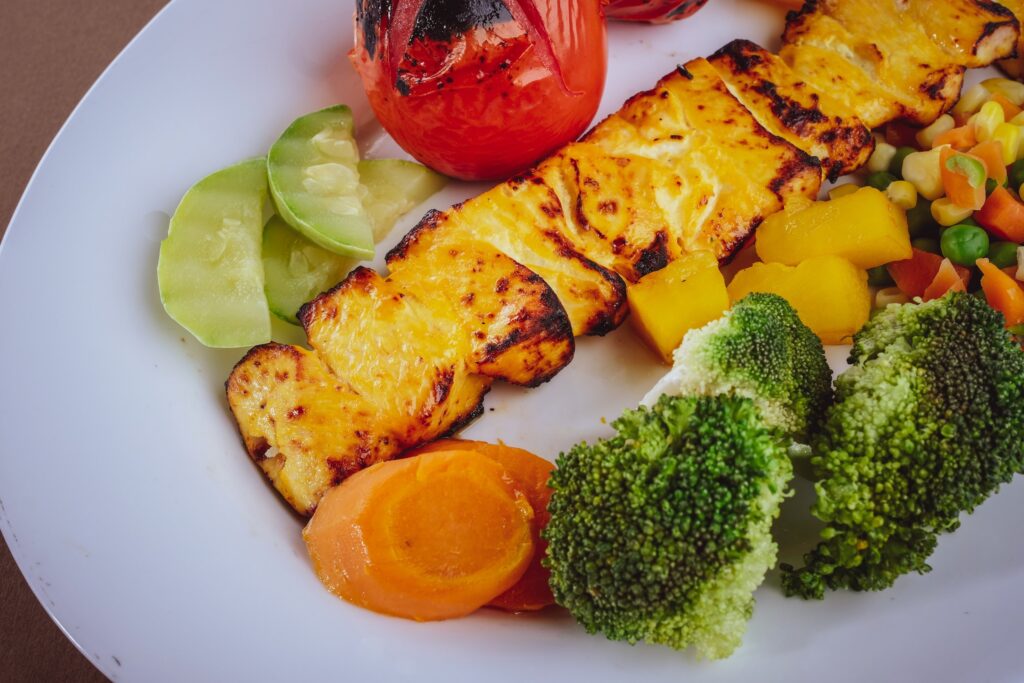We are living in a time where foods and beverages have become immensely limited and the ability to run out to the grocery store may not be feasible for some. COVID-19 has put us all in a state of quarantine where we must stay in our homes at all times with a couple of exceptions. One of these exceptions is to take a trip to your local grocery store (while obliging to social distancing rules) for everyday essentials such as foods and beverages. However, not everyone is going to be taking weekly or bi-weekly trips to the grocery store. Some of these reasons include fear of contracting the virus, the financial burden following the virus, no time during the day or during the hours of the grocery store, and many more. For whatever reason, it is completely understandable. In fact, there are ways to be purposeful of the foods you already have at home that will help save time, money, and fewer trips to the grocery stores. How can this be done? By taking a deep dive into our pantries, freezers, fridges, and using those versatile ingredients to create easy and nutritious meals!
When was the last time you went through and sorted out your pantry? I’m sure we have been pretty busy during these times that we forgot about that one can of beans sitting in the back of our pantry. Let’s start off with the starches. These are going to be your rice, oats, quinoa, whole-grain pasta and noodles, couscous, millet, and barley. Add these to your meals as your carbohydrate component. Some ideas include overnight oats, a saucy pasta dinner, a couscous salad, and a rice or quinoa grain bowl. Canned foods are easy to store, easy to use, and inexpensive which makes them a perfect pantry item. Take a look and see if you have any canned beans, tomato sauce, corn, carrots, peas, green beans, tuna, chicken, and soups. Some food ideas from these items include making chili with the canned beans, using the tomato sauce for pasta or a base for soups, using the vegetables as a way to get your daily vegetable intake, making tuna sandwiches, using the chicken for soups, salads, or pairing it with a starch and vegetable, and using the canned soups for quick meals. Other items in our pantry include nuts, nut butter, crackers, dried fruit, dried spices, and cooking oils. Nuts are the perfect snacks packed with healthy fats and protein and can even be used as a topping to meals. Other great snacks and toppings include dried fruit and crackers.
With so many frozen food options, our freezer can get jam-packed with food options. Let’s first omit the myth that all frozen foods are unhealthy. All foods fit! We can definitely make use of all our freezer whether it’s having ice cream for dessert or throwing some frozen fruit into a blender for a yummy, nutritious smoothie. Which leads me to my next food spotlight: frozen fruit. An inexpensive option to fresh fruit that can be used in smoothies, a topping for yogurt or oatmeal, making jam or fruit preserves, for baking purposes, dips and spreads, and sauces and vinaigrette. Have any frozen waffles or pancakes? Turn them into breakfast sandwiches! Freezers are also a great way to preserve foods. For example, cutting up portions of meat and saving them in the freezer in ziplock bags will help preserve them longer and with portion sizing. Got any leftover chicken stock from a baked whole chicken? Freeze the chicken stock in ice cubes and pop them out for future uses like soup stocks! Other items that can be stored in the freezer for longer preservation are bananas, butter, grapes, yogurt for ice packs and lunches, and marinated chicken breasts.
Before your next grocery shopping trip, take an extra look at the foods you have already and see if you can add more versatility to your kitchen foods. You’ll be surprised by just how many recipes if you can make with a couple of ingredients.



